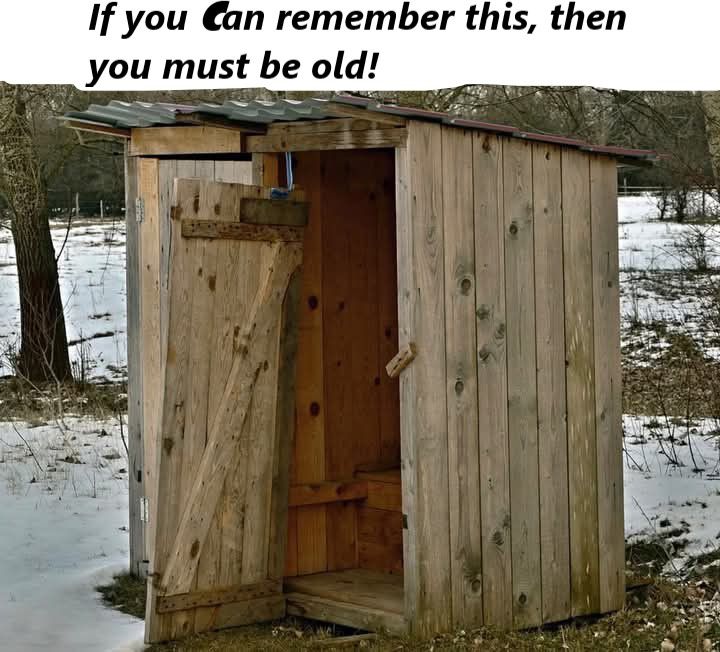In the not-so-distant past, a small wooden structure stood proudly behind homes, farms, and roadside stops. It was a necessity, a luxury, and a staple of daily life. But with the advent of modern plumbing, this humble hero of sanitation has all but disappeared. We’re talking, of course, about the outhouse.
Before indoor plumbing became widespread, outhouses were the primary bathroom solution for millions of people. These simple, practical structures were a common sight in backyards, near farmhouses, and even in public spaces. They provided a basic yet effective way to manage human waste, and their design varied from single-seaters to larger, multi-hole structures.
For decades, the outhouse was an essential part of daily life, particularly in rural communities and small towns. But what was it really like to live with an outhouse? The experience was far from glamorous, but it was certainly an improvement over going in the woods. Rain or shine, day or night, the outhouse was always there, waiting to be used.
Life without indoor plumbing had its challenges. Outhouses were infamous for attracting flies, spiders, and even the occasional snake. And let’s not forget the midnight journey to the outhouse, lantern or flashlight in hand, navigating the dark outdoors. But despite the inconveniences, outhouses remained the best available option for sanitation – until modern plumbing changed everything.
By the early 20th century, advancements in plumbing technology made indoor bathrooms more accessible and practical. As cities and towns adopted modern plumbing, outhouses began to disappear. By the 1950s, the majority of American homes had switched to indoor plumbing, and outhouses quickly became obsolete.
But the outhouse hasn’t completely disappeared. Some still exist in remote areas, such as campgrounds and national parks, where plumbing isn’t available. Others have been preserved as historic landmarks or repurposed for decorative purposes.
The outhouse may be a relic of the past, but it still holds a certain charm. It reminds us of a time when people made do with what they had, when life was simpler, and when self-sufficiency was a necessity. So next time you visit a historic site or a remote cabin, keep an eye out for a forgotten outhouse – it might just have a story to tell.
The outhouse may be gone, but it’s not forgotten. Its legacy lives on in our modern bathrooms, a reminder of how far we’ve come in sanitation and convenience. And who knows? Maybe one day, the outhouse will make a comeback – but for now, it remains a nostalgic reminder of simpler times.


